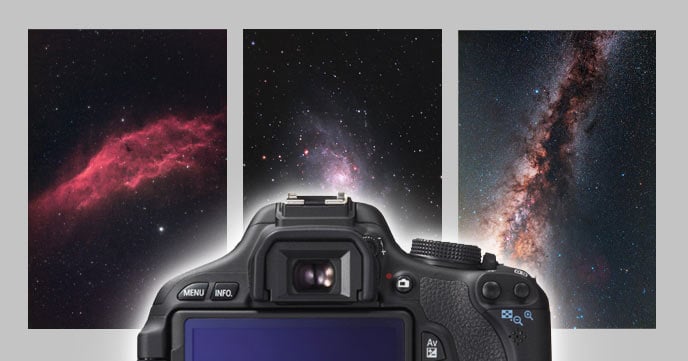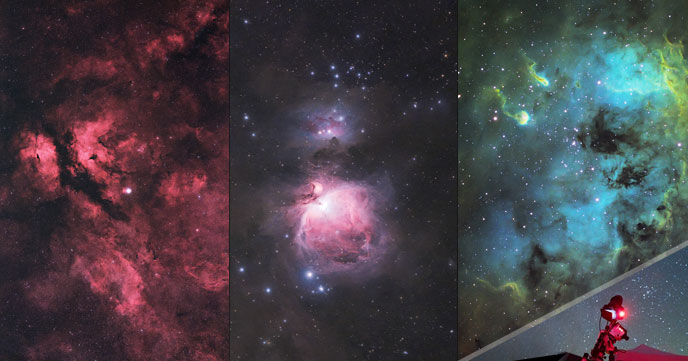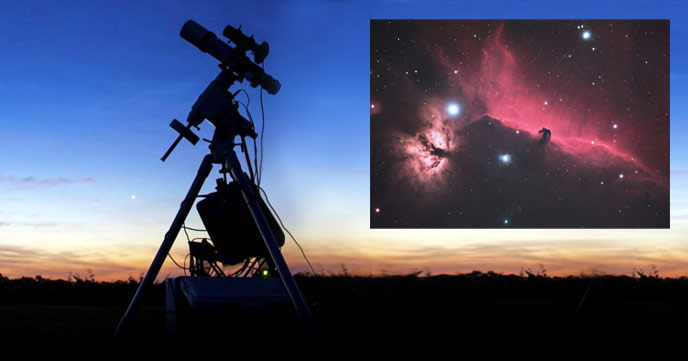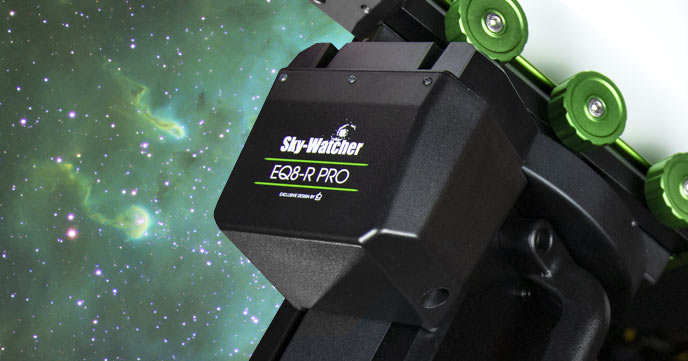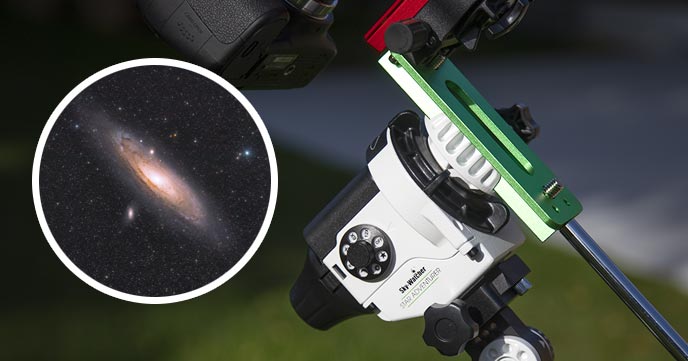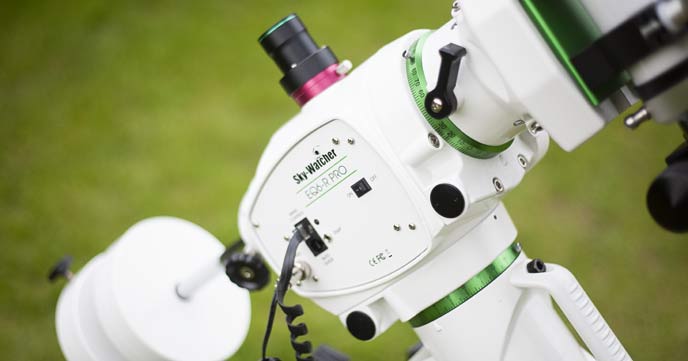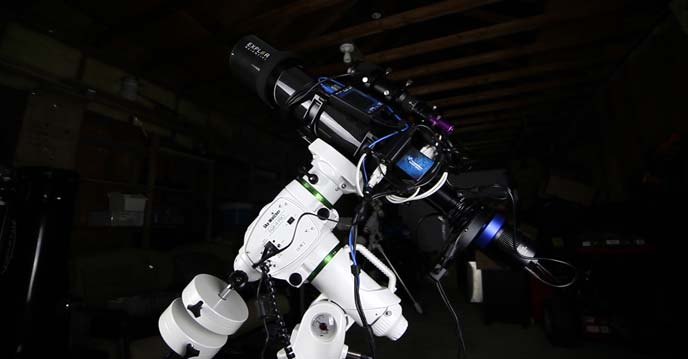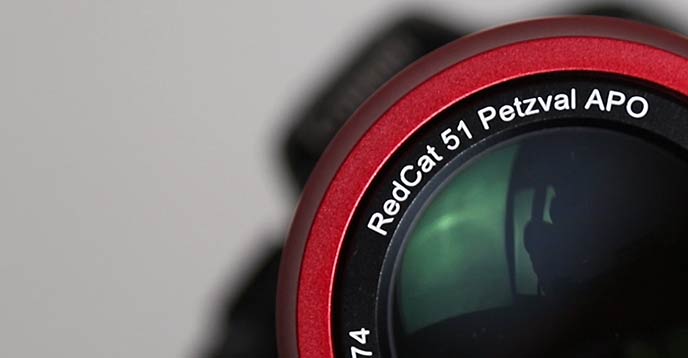Results Using a $200 DSLR for Astrophotography
In a recent video, I shared my results using a $200 DSLR for astrophotography. In a hobby known for being very expensive, I think it is very interesting that such results can be obtained using an old, inexpensive camera. In this post, I’ll prove to you that incredible astrophotography results are possible with an old,…

